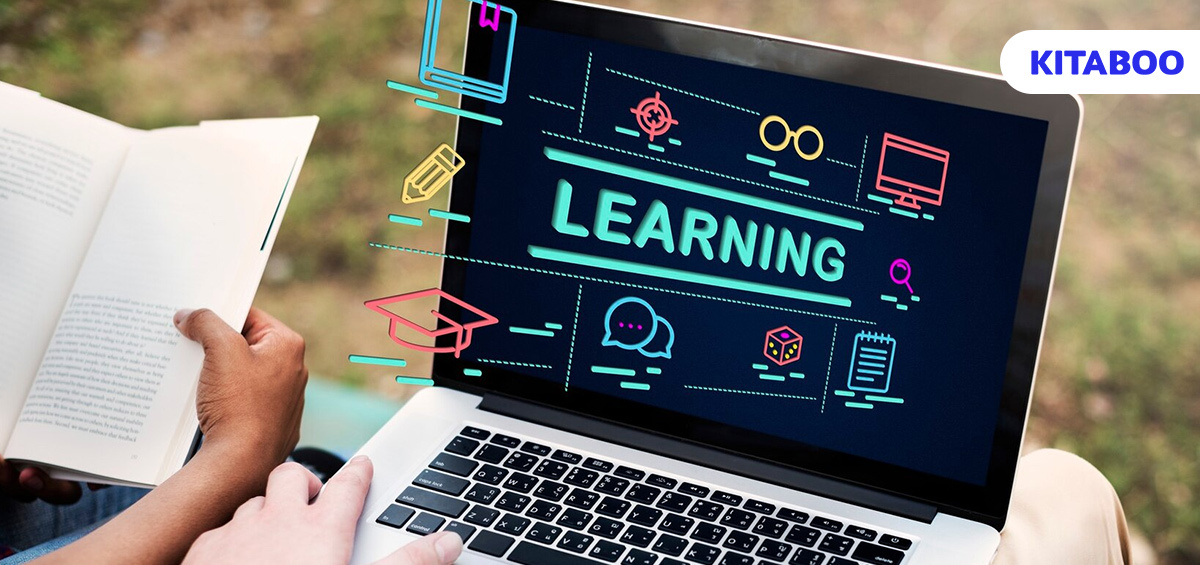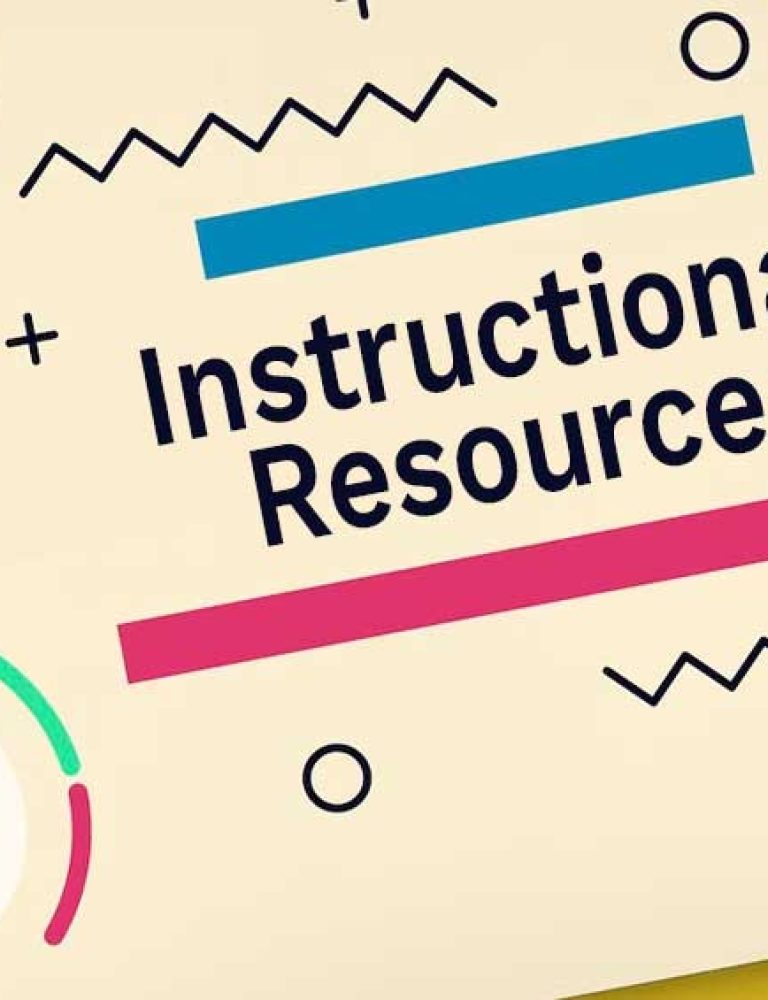Before eLearning began revolutionizing education, course syllabus and structuring was carried out in pedagogy traditionally. This syllabus was then taught in classrooms, exams were conducted, scores were assessed, and a conventional classroom experience was created.
As digital learning becomes the norm, a learning management system (LMS) replaces this traditional management of the education system, infusing it with innovation through a digital framework.
For example, a learning management system today could include digital textbooks created by cutting-edge platforms like KITABOO that allow for creating and distributing eLearning content under one roof. KITABOO, the digital textbook platform also allows for learner analytics, facilitating insights-powered decision-making, among other impactful features.
Table of Contents
I. Understanding a Learning Management System
II. 10 Essential Features of a Learning Management System
- Course Content Creation and Management
- Remote or Mobile Learning
- Customizable Assessments
- Multiple User Management and Single Sign On (SSO)
- Built-In Reporting and Tracking
- Seamless Integrations of Native Apps
- Accessibility and Language Translations
- Certifications and Accreditation Management
- Blended, Asynchronous, and Social Learning
- Gamification
III. A Roadmap to Implementing a Learning Management System
IV. Closing Thoughts
Understanding a Learning Management System
A learning management system is a software application system used in pedagogy or corporate training that allows for the creation, administration, automation, tracking, and delivery of learning programs. The first basic LMS was invented in the 1920s when Sidney Pressey created the “Teaching Machine.”
Since then, LMS has evolved into an empowering tool without which eLearning couldn’t have achieved what it has today.
From progress tracking to content management and classroom management to automated learning recommendations, a learning management system performs various functions. It also supports multimedia content, discussion forums, and everything from A to Z required in modern pedagogy.
There are three main types of LMS:
- Cloud-based or installed
- Open-source or proprietary
- Free or commercial
Learning more about each type and then choosing one is the ideal way to begin.
10 Essential Features of a Learning Management System
When selecting an LMS for your needs, it is recommended to look for these ten pivotal characteristics to ensure you get the best experience:
1. Course Content Creation and Management
Not all learning management systems allow you to create content on the platform. Some might expect you to use a third-party tool to create content and then use the LMS for delivery and tracking.
You should opt for a platform that offers native course-building features, with everything in one place to simplify the workflow.
2. Remote or Mobile Learning
On-the-go learning is a given in the eLearning space today. It awards flexibility and on-demand learning for learners across time zones and accounts for unique accessibility needs.
The LMS must be intuitive and responsive to work seamlessly across all devices and not just through the web.
3. Customizable Assessments
A state-of-the-art LMS recognizes the need for educators and instructors to create tailored assessments that align with their goals. Customizable assessments also facilitate personalized learning and course-wise tests.
The LMS should also allow for creating different kinds of custom assessments like multiple-choice questions, short answers, video assignments, etc.
4. Multiple User Management and Single Sign On (SSO)
The LMS should have seamless user and permission management, allowing administrations, instructors, and students to sign in to the platform with pre-set access levels.
User management services multiple purposes like enrollment, course updation, managing student certificates, etc. Additionally, SSO allows learners to log in with their existing credentials without the need to create different accounts, especially at the time of LMS migration.
5. Built-in Reporting and Tracking
A good LMS will have built-in reporting capabilities that allow administrators to track the participation, completion, and performance of learners for a course.
A dashboard for analytics with visualizations through graphs and charts empowers decision-making. This can also assist in identifying skills gaps and give detailed insights into various metrics like engagement.
6. Seamless Integrations of Native Apps
Every organization uses a plethora of applications for different needs.
For example, tools like Gmeet and Zoom for collaboration and communication or task management applications like Asana. Integrating these native apps into the LMS can enhance efficiency and ease of use.
7. Accessibility and Language Translations
An LMS that does not support language translations or does not have accessibility features will not be “for all.”
With the advent of AI, the future-forward learning management systems will support localization and translation of content, along with basic accessibility features like adjusting the font size color or offering eLearning in non-text formats.
This allows you to reach a global audience with the same course content and eliminates geographical challenges.
8. Certifications and Accreditation Management
Badges and certifications are known to boost learner motivation. Tied with reporting and assessments, the LMS can help draw a baseline to assess performance and share personalized certificates with learners.
An LMS should allow complete customization for certifications as they continue to work as milestones in the learning journey and serve as records. If there is a compliance requirement to have employees in a company have completed a specific certification, the LMS can also help track that and meet it.
9. Blended, Asynchronous, and Social Learning
While a learning management system is primarily for online learning, blended learning allows it to be used offline in classrooms as well.
An LMS can allow in-classroom, synchronous, instructor-led sessions and provide asynchronous (self-paced) learning for students to pursue a subject in depth. This also proves helpful when certain activities need to be conducted in person while instruction is through multimedia.
A reliable learning management system also allows for social learning where instructors, mentors, and learners can interact through message boards, discussion forums, and even one-on-one. Social media integrations are also possible with a good LMS.
10. Gamification
Gamified learning has its benefits and is becoming quite common across courses today. An LMS with gamification features like leaderboards, badges, and levels can make learning more engaging and exciting for students.
For employees, gamification is known to increase productivity by 90%. This could help improve retention and completion rates as well.
A Roadmap to Implementing a Learning Management System
Once you have picked a suitable learning management system that has all the essential features mentioned above, you can follow the steps mentioned below to create a roadmap for its adoption and implementation.
- Identify the needs and goals of your organization. What do you want to achieve through an LMS?
- Analyze the existing teaching materials, styles, and content to get an overview of what you need to adapt digitally.
- Chart out a plan after consulting various stakeholders with timelines. Also, delegate responsibilities and put an individual in charge of each process.
- Determine the budget for an LMS implementation and allocate resources. Remember to start small.
- Partner with experts in digital content creation and LMS integration. For example, to create immersive and interactive digital textbooks, you can partner with KITABOO.
- Train all the stakeholders involved in using the LMS.
- Run multiple tests in different environments.
- Keep tracking performance data and make frequent improvements and updates.
Closing Thoughts
A learning management system offers multiple benefits, from improved data-backed decision-making to higher learner engagement through multimedia integration.
Through meticulous planning, execution, and maintenance, one can adapt to the dynamic landscape of eLearning with the help of a robust LMS. Embrace the change and make your mark in the competitive educational landscape with an LMS that can be customized to suit your needs.
Create, edit, enhance, analyze, and distribute digital textbooks to elevate the experience of your learning management systems with KITABOO. Backed by experts and powered by AI, make the most of innovation. KITABOO supports key LMS integrations using advanced technology.
Connect with us to start a conversation.
To know more, write to us at KITABOO@hurix.com.
Suggested Reads:
Discover How An Ebook Conversion, Publishing & Distribution Platform Can Help You
Kitaboo is a cloud-based content platform to create-publish & securely distribute interactive mobile-ready ebooks.
You May Also Like
-
Unlocking Instructional Resources for K12 Publishers
Blog,Digital Publishing,eBook solution / February 2, 2024
-
Create eBooks Like a Pro: The Ultimate Guide
Blog,Digital Publishing,eBook solution / February 16, 2024
-
Top 5 Features of Interactive eBooks in 2024
Blog,Digital Publishing,eBook solution / February 29, 2024









